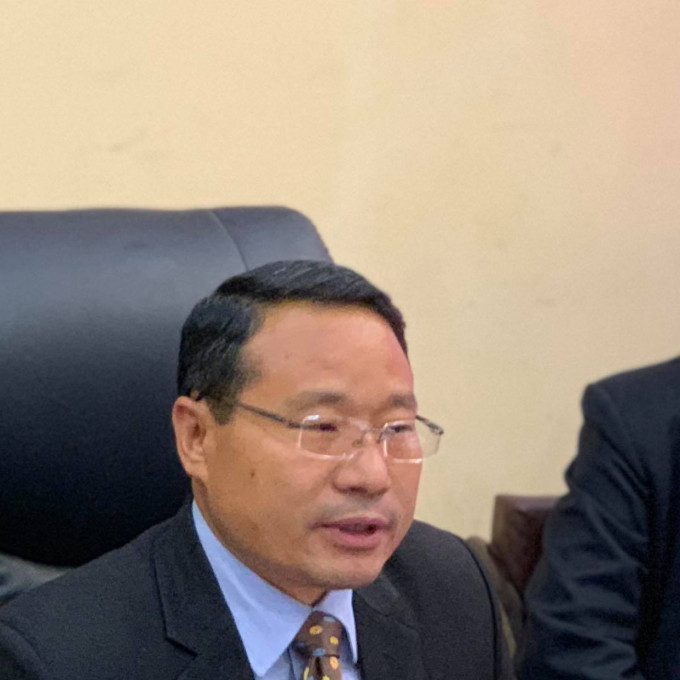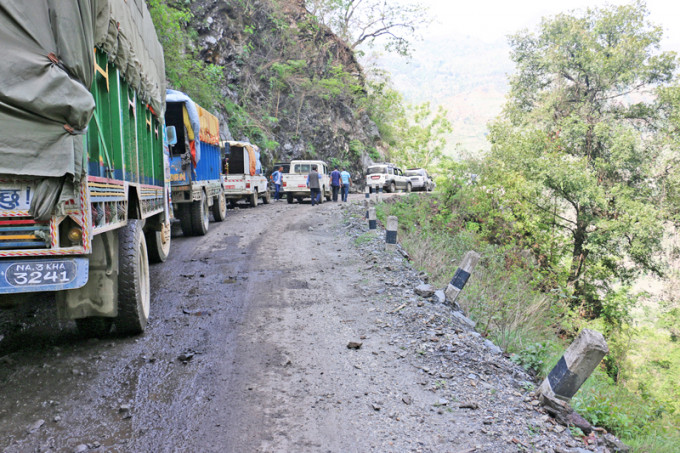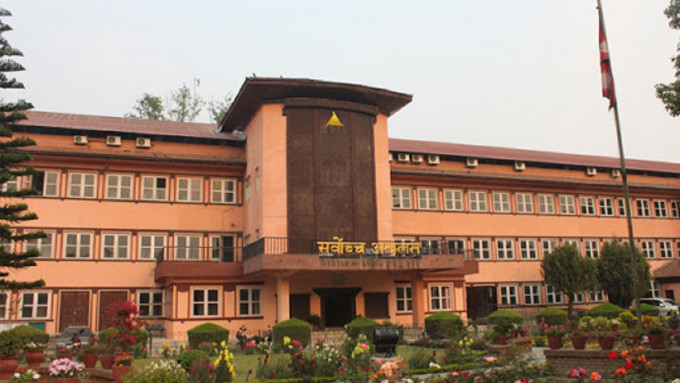Artificial Intelligence (AI) is machine intelligence. AI is however originally created by natural (human) intelligence which is performed by machines. Human intelligence is reflected in behaviour, while that of machines via sensors. AI is therefore a process to identify problems and find solutions accordingly. Some examples of AI are mobile cameras recognizing faces, imitating voices, automated car driving, Google results, chess and other games on a computer.
Data is fuel to AI. The digital text, image and sounds are data. It is the most valuable asset at present- the more you have the richer you are. Data resides in a computer server. So, challenges are growing in data protection. To everyone's concern, cybercrimes are on the surge.
Similarly, an algorithm is a systematic rule and a step-by-step process to solve any problem. The algorithm uses data. Every computer application has the use of the algorithm. Input is the first stage of the algorithm while output is the final. The algorithm finely defines the input and output. The language of the designed algorithm is free. After IBM developed BERT, a natural language processing engine, AI gained a significant pace.
Such progress forwarded in the IT sector is to advance more. The human-invented IT has hugely facilitated us on the one hand and put us at the receiving end on the other. What counts here is how we use it- misuse obviously leads to disaster, warranting legal hassles and actions.
The latest AI tools as ChatGPT are operated via machine. The machine does work faster than humans and with fairness. The machine is obedient and follows human order. The machine does not run after emotion as humans nor is it fatigued.
With this, those who get acquainted with IT tools and trends will be able to continue their profession sustainably while those missing the trend obviously lag behind, and gradually get marginalized and displaced from the job. However, it is difficult for humans to escape the use of IT. Actually, people are so stuck to technology that it is mandatory for them to learn new things and adapt accordingly. It has indeed become a common and compulsory part of our lives and professions.
However, a person well versed in a language should not shy away from other languages reasoning its ignorance. With the advancement of IT, AI has contributed hugely to language translation. Google has developed a system to translate many languages, including Nepali. If such IT is developed in Nepal, it would help preserve and promote various mother tongues.
Putting AI to promote and protection of languages
The Bagmati Province government has adopted the policy to develop Tamang and Nepal Bhasa as official languages. These languages are dominant in this province. Once it is implemented, the identity and issues of the indigenous communities would be addressed.
Similarly, the Maithili language can be promoted as an official language in Madhes Province and Abadh language in Lumbini Province. The use of IT is an easier way for developing an official language while other alternatives for it are difficult. Now, we can adopt IT to preserve the languages which are facing extinction.
We need to utilize the opportunity provided by IT to conserve language and culture which are facing extinction. It is worrying that the new generation which is willing to study English and other foreign languages is forgetting its mother tongue. With this, indigenous knowledge and skills are at risk. Therefore, it is high time we protected all languages in Nepal in the form of data and developed a system to translate these. AI is an effective tool to apply in this regard. Although complete translation is not ensured, the systems provide understandable changes in language. The technology will be further mature in the days ahead.
AI and the programmes it has supported can be best utilized to preserve the language and cultures of minority communities. It further helps in promoting Nepal's unique art, culture and tourism. The more we utilize technology, the more the protection of languages and culture sustains. With the help of AI, machine learning, and algorithm, robots are now reading news. The machine is pressing humans to be creative. Human creates while machine abides by human direction.
It is appropriate for the federal government to prepare policies and programmes on the protection of languages through the use of IT by setting priorities on the lingual statistics in all seven provinces. The provincial governments can follow suit.
They need not depend entirely on the federal government for the protection and promotion of local languages. Classical languages such as Bhot, Pali and Sanskrit can be integrated into IT. There is a strong bond between the occupation and language of Raji ethnicity in the Kailali and Bardiya districts. There are other cases of such a bond between language and culture. Needless to mention, ethnicity, language, religion and culture is the identity of human. Protection of culture is essential to establish one's identity.
In this connection, the concerned provincial governments should be directed to enforce the report recommendation on research conducted on use, expansion and potential languages- such research report on the Sanskrit language was made with field visit in Tribenidham and Sashwatdham of Nawalparasi, while on Bhot and Pali languages with field study at Hemja of Pokhara and Rupandehi.
Equally important is the field study on Sinjali Khas language which study was done in the Sinja Valley of the Jumla district. Similar other reports on customary laws reflecting the life of indigenous people can be advanced.
The concerned province can further work on preserving the Sirijungha script by integrating 36 letters of the Kirati language with the use of IT. Moreover, AI can be applied to make the nine languages Nepal Television uses including Tamang, Gurung and Urdu comprehensible to other communities. There should be reliable data protection measures in place, thereby ensuring smooth translation.
Concerted efforts of three tiers of government needed
As Google, a tech company, is able to translate a language into several other languages, the concerted and collaborative initiatives of federal, provincial and local governments can do it and protect the identity and culture of diverse communities. Once it is done the occupation and traditional technology linked to language would be transferred to a new generation. In the way Google translates English to the Nepali language, the news disseminated in 38 languages in the Gorkhapatra Daily can be easily converted into other languages so that people from other communities can benefit.
At a time when the bill on amendment of Copyright Act, 2059; and the bill on amendment of Archives Protection Act, 2046 are presented in the National Assembly, federal lawmakers need to pay adequate attention to the protection and promotion of Nepali languages with the use of IT. Once these bills clearly mention the roles of the province and local government, laws making would be based on the unique character of Nepal's cultural fabric and implementation forwarded accordingly. The draft of the national culture protection and promotion policy can also incorporate the use of IT. Similarly, the Ancient Monument Preservation Act, 2013 is undergoing the 6th Amendment where the use of IT for reconstruction, study, and protection bears special significance.
The Narayanhiti Durbar Museum and Republic Memorial Management and Operation Development Committee can adopt AI to translate Nepali and English languages targeting both domestic and foreign tourists. Similar measures can be taken by dozens of other religious, historical and cultural development committees ranging from the Buddha Philosophy Promotion and Monastery Development Committee to the Pathibhara Area Development Committee and Nepal Calendar Determination Committee.
Automation systems can be developed and enforced to share information about the archaeologically important heritages- as many as 673 such heritages destroyed by the Gorkha Earthquake have been reconstructed. If the initiation is taken, it can be realized, e.g. production, distribution and management of seeds have begun with the application of digital technology in Nepal. The federal government's records state that a total of 2,495 farmers across the country are provided information on agriculture technology and climate change via 2.1 million SMS.
Meanwhile, the Bagmati Province government has announced 2024 as the tourism year through its policy and programmes.
Even the federal government had a similar announcement to observe 2022 to 2032 as decade a tourism decade. The "Visit Nepal: Understand Nepal" campaign was announced by the central government.
Such programmes can be further bolstered by establishing a robust link to ICT. The use of IT is effective to disseminate information to tourists and about tourism destinations. Not only for learning other languages, we can utilize IT for making our language and culture known to others, which ultimately contributes to the protection, promotion and development of our languages and cultures.
(Writer is Communication Registrar at Bagmati Province)
READ ALSO:








